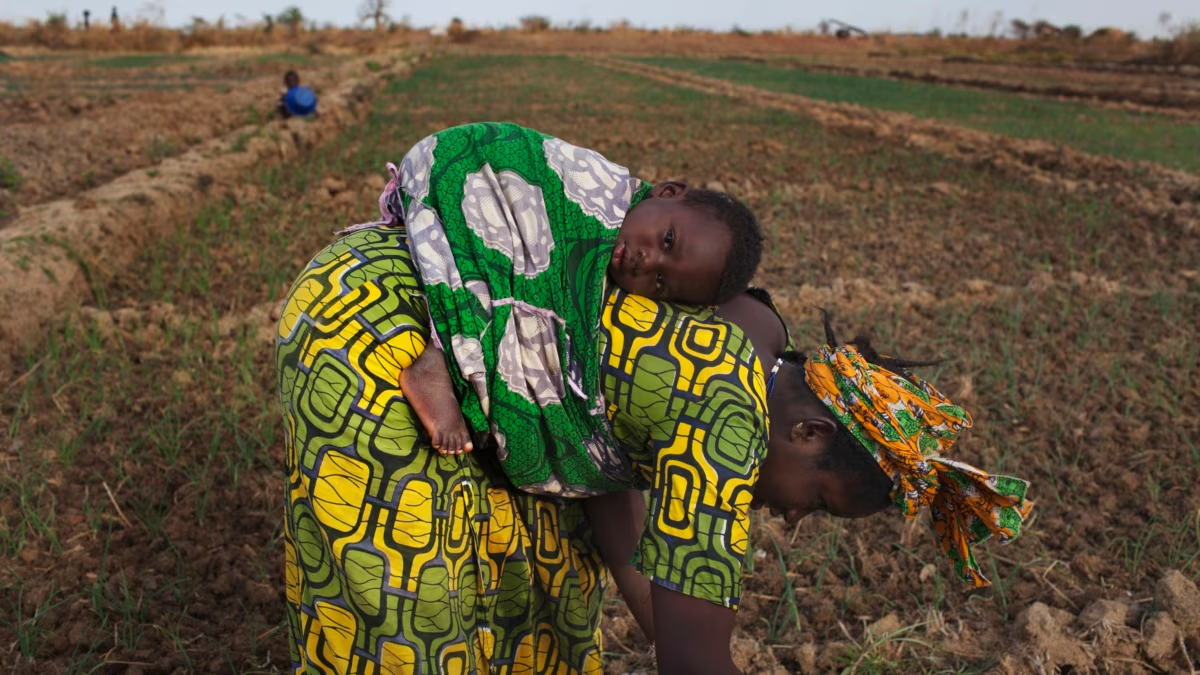Some diseases likely to affect spinach and the possible control measures.
This article will look at some of the diseases likely to affect spinach and the possible control measures.

The most common diseases affecting spinach are fungal diseases. This includes Downey mildew, powdery mildew among others. Downey mildew affects spinach foliage. The disease is caused by a pathogen that travels by wind and easily spread to the unaffected areas.
The pathogens can easily survive on the dead spinach crops. It easily survive in cool and dumpy conditions. This means during the rainy season, the disease is likely to spread easily since the relative humidity is high.
To prevent the widespread of the diseases I trained Nancy on how to detect the early symptoms of the diseases on spinach crop.
Proper disease management starts with the use certified seeds. Planting seeds that are free of diseases and certified helps in minimizing the infestation rates. In our case we used Ford Hook Giant seeds that are certified.
This enabled the crop to resist disease infestation reducing the cost of production. Proper land preparation is paramount as this helps in removing crop residues from the farm as the diseases can easily survive on the crop residues.
Yellow leaves
Scouting for the diseases should be done regularly and at least once a week. In most cases, the affected leaves break out with pale yellow leaves. One should thus check on the yellowing of the leaves and the bluish-purple cast that appear on the lower side of the leaves.
Yellowing of the leaves should not always be considered as Downey mildew since it could also be a result of nutrient deficiency especially when the entire leaves turns yellow.
Scouting early in the morning helps in identify the spores as they develop growth overnight and easily dispersed during the day.
Harvested spinach can also be affected which results in the rooting of the spinach leaves making them unmarketable.
Apart from the cultural methods of controlling the diseases, fungicides can also be used. One should check on the pre-harvest interval (the period that must elapse after spraying a chemical product and before harvesting) of the chemical to prevent spraying a chemical that has a long PHI to prevent harvesting spinach with the residuals.
Powdery mildew is also a common disease likely to affect spinach crops. It is also a fungal infection that results in the formation of a whitish substance on the leaves. This makes the vegetables have a bitter-tasting.
Farm hygiene
These diseases can be controlled by timely harvesting as the older leaves are the mostly affected. Maintaining farm hygiene also helps in controlling fungal diseases. Chemicals with active ingredient such as metalyx can be used to control the diseases.
Attached is a sample spray program that we shall use on Nancy’s farm. This acts as a guide and the chemicals should only be applied after scouting has been done. It prevents misuse of the chemicals by spraying the crop without any sign of the disease infestation.
Chemicals should also be applied after ensuring all the applicable cultural methods of controlling the diseases have been conducted. For instance, weeding the crop to remove the weeds that may act as the hiding ground for the pest and diseases.
While controlling the pest and diseases Nancy needs to ensure that the crop nutrition is well taken care of during the rainy season. This is because the nutrients are likely to leach or being washed away due to soil erosion. In our next article, we shall look at the spinach nutrition.















Leave a Reply